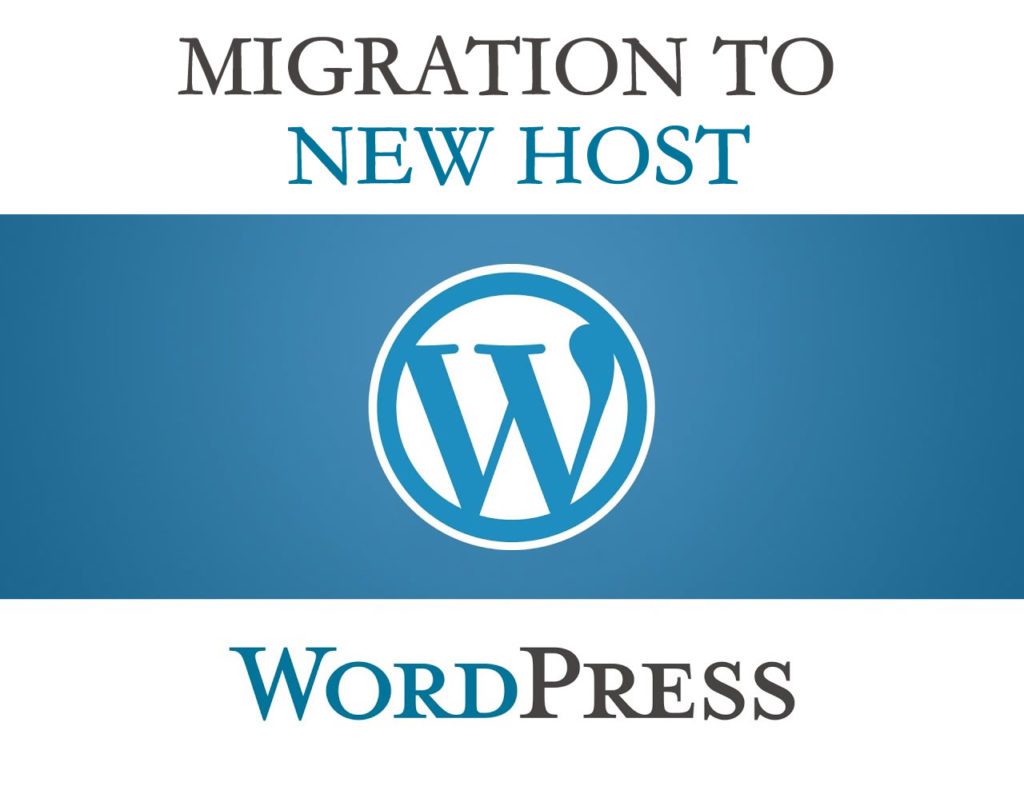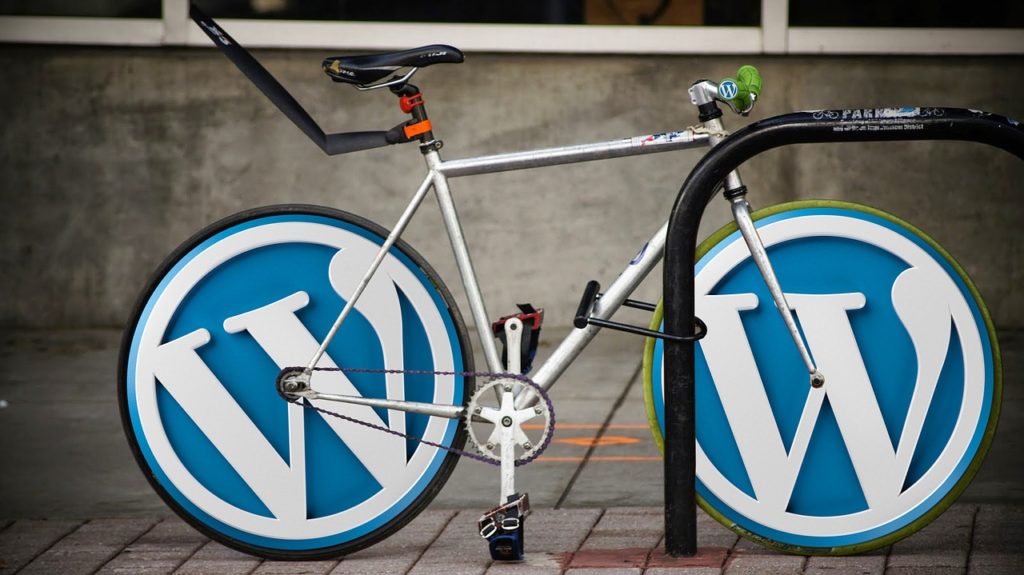If you’re planning to move your WordPress site to new host, you’re not alone. Many website owners switch to a different hosting provider for various reasons. However, the migration process can be intimidating, especially for beginners. That’s where this step-by-step guide comes in handy.
With this guide, you can make the WordPress site migration process a breeze. You’ll learn how to prepare for the move, choose a new hosting provider, perform the migration, troubleshoot common issues, and ensure a smooth transition. So, let’s get started!
Key Takeaways:
- Moving a WordPress site to a new host can seem daunting, but a step-by-step guide can make the process easier.
- Preparing for the move, choosing a new hosting provider, performing the migration, updating domain settings, troubleshooting common issues, and ensuring a smooth transition are essential steps in the process.
- Monitoring and maintaining the site after the migration process is crucial for ongoing site management.
Reasons for Moving WordPress Site to New Host
There are several reasons why someone might want to migrate their WordPress site to a new hosting provider. Here are some of the most common:
- Better performance: Slow loading times and frequent downtime can be frustrating for website visitors. Migrating to a hosting provider with faster servers and better uptime can help improve site performance and user experience.
- Improved customer support: If you’re experiencing technical issues with your current hosting provider, or if you need help with your website, moving to a new host with better customer support can make a major difference.
- Scalability: If your website is growing in terms of traffic and content, you may need a hosting provider that can accommodate your needs as your site expands. Migrating to a more scalable hosting plan can help ensure your website can handle increased traffic and data.
- Pricing: Cost is an important factor for many website owners. If you’re unhappy with the pricing or value you’re getting from your current hosting provider, moving to a different host can help you find a plan that better fits your budget.
Whatever your reasons for migrating your WordPress site to a new host, it’s important to choose a provider that can offer the features, services, and support you need to ensure a smooth and successful transition.
Step by Step Guide for WordPress Migration
Preparing for the Move
Moving a WordPress site to a new host can be a complex process, but proper preparation can help ensure a smooth transition. To get started, it’s important to follow these essential steps:
Step 1: Back Up Your Site
Before making any changes to your website, it’s essential to back up all your files and data. This way you can easily restore your website in case anything goes wrong during the migration process. There are several plugins available for backing up WordPress sites, such as UpdraftPlus, BackupBuddy, and Duplicator. Once you’ve installed one of these plugins, follow the plugin’s instructions to create a backup of your site.
Step 2: Export Your Database
The next step is to export your WordPress database. You can do this through your hosting control panel or by using a plugin like WP-DB-Backup. Exporting your database allows you to transfer all your content, including posts, pages, comments, and settings to your new host.
Step 3: Gather Necessary Information for Moving WordPress Site to New Host
Before moving your site, you’ll need to gather some important information, such as your new host’s server details, FTP credentials, and database settings. Most hosts provide this information through their control panel or via email. Be sure to keep this information handy, as you’ll need it throughout the migration process.
Step 4: Ensure Compatibility with the New Hosting Environment
It’s important to ensure that your website is compatible with the new hosting environment before making the move. Check your new host’s requirements for PHP version and database compatibility, and make sure your website meets these requirements. You can also use a plugin like PHP Compatibility Checker to ensure compatibility.
Following these steps will help ensure a successful and stress-free migration of your WordPress site to a new host. It’s essential to take the time to prepare properly and make sure everything is in place before beginning the migration process.
Choosing a New Hosting Provider
Choosing a new hosting provider can be a daunting task, but it’s an important step in ensuring a successful WordPress site migration. When evaluating different hosting options, it’s important to consider factors such as reliability, security, compatibility with WordPress, support services, and pricing.
Reliability: Look for a hosting provider that guarantees uptime and has a good track record of keeping websites online. Check online reviews and ratings to see how other users have experienced the provider’s service.
Security: Security is a top concern for any website, so make sure the hosting provider has a robust security infrastructure in place to protect your website from cyber threats.
Compatibility with WordPress: Not all hosting providers are compatible with WordPress, so be sure to choose one that is specifically designed to work with the platform. Look for providers that offer one-click installs and support for popular WordPress plugins.
Support Services: Choose a provider that offers 24/7 customer support, so you can get assistance whenever you need it. Look for providers that offer multiple channels of support, such as phone, email, and live chat.
Pricing: Compare pricing plans from different hosting providers to find one that fits your budget. Keep in mind that the cheapest option may not always be the best choice in terms of features and support.
By taking the time to evaluate different hosting providers, you can choose the best option for your needs and ensure a smooth WordPress site migration process.

Performing the Migration
After preparing for the move, it’s time to execute the migration process. This section offers a step-by-step guide on how to manually migrate a WordPress site to a new host.
Step 1: Transfer Files
Begin by downloading all files from the old hosting provider and uploading them to the new hosting provider’s server using FTP clients like FileZilla. Make sure to copy all files, including hidden files, to the same directory structure on the new server.
Step 2: Export Database
Export the database from the old hosting provider using a tool like phpMyAdmin. Save the exported file in a safe location. Next, import the database to the new hosting provider using the same tool. Ensure that the import is complete and free of errors.
Step 3: Update Configuration Files
Update the configuration files to connect the new server with the migrated database. Find wp-config.php file in the root directory of the migrated site, and update the database name, username, password, and hostname to match the database credentials on the new server.
Step 4: Test the Migrated Site
Before making any DNS changes, make sure to test the migrated site on the new server to ensure that it functions correctly. You can access the site using the IP address provided by the new hosting provider.
Step 5: Update DNS Records
Once you’ve confirmed that the migrated site is working properly, you can update the DNS records to point to the new hosting provider. This process can take anywhere from a few minutes to a few days to propagate, depending on the DNS provider and the TTL settings.

It’s important to note that the above steps only provide a general overview of the process and the exact steps may vary depending on individual hosting providers and configurations. It’s recommended to seek support from the hosting provider or a professional if you encounter any issues during the migration process.
Updating Domain Settings
Once the WordPress site has been successfully migrated to the new host, the next step is to update the domain settings to ensure a smooth transition. Failure to update the domain settings can lead to issues such as site downtime, broken links, and loss of search engine ranking.
Updating Nameservers
The first step is to update the nameservers to point to the new hosting provider. This can usually be done through the domain registrar account where the domain was purchased. The new hosting provider should provide the necessary nameserver information that needs to be updated. This step typically takes 24-48 hours to propagate throughout the internet.
Updating DNS Records
In addition to updating the nameservers, it is also important to update the DNS records to ensure proper resolution of the domain name. The new hosting provider should provide the necessary DNS information that needs to be updated. This step typically involves updating the A record and the CNAME record.
Testing the Website
After updating the domain settings, it is important to test the website to ensure that it is functioning properly. This involves checking all the pages and links to make sure they are working as expected. It is also important to test the website on different devices and browsers to ensure compatibility.

By following these steps, the website can be successfully transferred to a new domain with minimal disruption. It is important to note that updating domain settings can take some time to propagate, so patience is key. Once the updates have fully propagated, the website should be fully functional on the new host.
Troubleshooting Common Issues
Despite following all the steps in the migration process, there may still be some common issues that arise during the transfer of a WordPress site to a new host. To ensure a fully functional website and a smooth transition to the new hosting provider, here are some tips for addressing common migration problems:
Broken Links
One of the most common issues that occur during a site migration is broken links. This can happen when the URLs of your pages or posts change after the migration. To fix this issue, you can use a plugin like Broken Link Checker to identify and fix any broken links on your website.
Missing Files
Another potential issue that can happen during a migration is missing files. This can occur if some of the files from your old host were not transferred to the new host. To fix this issue, you can check to see if the missing files are still on your old host and transfer them manually to the new host.
Database Connection Errors
If you encounter database connection errors after the migration, it is likely that the credentials in your configuration files are incorrect. To fix this issue, you can access your configuration files and update the database credentials with the correct information.
White Screen of Death
The white screen of death is a common issue that can happen after a migration. This occurs when there is an error with WordPress or one of its plugins. To fix this issue, you can start by deactivating all of your plugins and then reactivating them one by one to identify the problematic one. You can also try switching to a default WordPress theme to see if the issue is theme-related.

By following these troubleshooting tips, you can address common issues that may arise during the WordPress site migration process. This will help ensure a smooth and successful transfer of your website to the new hosting provider.
Ensuring a Smooth Transition
Once the WordPress site has been successfully migrated to the new host, it is crucial to ensure a smooth transition for both the website visitors and the site owner. Here are some key steps to take:
- Testing website functionality: After the migration, it is important to thoroughly test the website to ensure that all functionality is working as expected. This includes checking links, forms, images, videos, and any other interactive elements.
- Redirecting old URLs: If the site’s URL structure has changed during the migration process, it is important to set up redirects from the old URLs to the new ones. This will help maintain the site’s search engine rankings and avoid 404 errors for visitors.
- Updating plugins and themes: It is important to ensure that all WordPress plugins and themes are up to date and compatible with the new hosting environment. This will help avoid any conflicts or errors that could arise from using outdated or incompatible software.
- Optimizing performance: Finally, it is important to optimize the site’s performance on the new host. This can include tasks such as optimizing images, leveraging caching, and minifying code to help ensure fast load times.
By following these steps, site owners can help ensure that their WordPress site is fully functional and optimized on the new hosting provider.
Monitoring and Maintenance
After completing the migration process, it’s important to monitor and maintain the WordPress site to ensure optimal performance and security. Here are some key tasks to keep in mind:
- Regular Backups: Set up a reliable backup system to ensure your site data is safe and can be recovered in case of an emergency.
- Security Measures: Install security plugins, enable two-factor authentication, and stay up to date with security patches to protect your site from potential threats.
- Performance Optimization: Keep your site running smoothly by optimizing images, cleaning up unnecessary files, and regularly checking page load times.
- Updates and Patches: Make sure to stay up to date with the latest WordPress updates and plugin patches to avoid any potential issues.
By following these guidelines, you can ensure a smooth transition and ongoing management of your WordPress site on the new hosting provider.

Conclusion
Successfully migrating a WordPress site to a new host can be a daunting task, but following a step-by-step guide can make the process much easier and less stressful. This guide has provided a comprehensive approach to ensure a smooth and secure transfer of a WordPress site to a new hosting provider.
From understanding the reasons for migrating to selecting a new hosting provider, preparing for the move, performing the migration, updating domain settings, troubleshooting issues, to ensuring a smooth transition and ongoing maintenance, this guide covers every aspect of the migration process.
It is important to remember that a successful migration requires careful planning, attention to detail, and patience. Following this guide will help readers execute a successful transfer of their WordPress site to a new hosting provider, leading to improved performance, better support, and a more optimized website.
FAQ
Q: Why would someone need to move their WordPress site to a new host?
A: There are various reasons why someone might want to move their WordPress site to a new host. Some common reasons include seeking better performance, improved customer support, scalability, pricing, or simply wanting to switch to a different hosting provider.
Q: How can one prepare for a WordPress site migration?
A: To prepare for a WordPress site migration, it is important to follow a step-by-step guide. This includes tasks such as backing up the site, exporting the database, gathering necessary information, and ensuring compatibility with the new hosting environment.
Q: What factors should be considered when choosing a new hosting provider?
A: When selecting a new hosting provider, it is important to consider factors such as reliability, security, compatibility with WordPress, support services, and pricing. Evaluating different hosting options based on these factors will help make an informed decision.
Q: How can one manually migrate a WordPress site to a new host?
A: To manually migrate a WordPress site to a new host, follow a detailed step-by-step guide. This includes transferring files, importing the database, updating configuration files, and testing the migrated site to ensure everything is functioning correctly.
Q: How can domain settings be updated after migrating a WordPress site?
A: After migrating a WordPress site to a new host, domain settings need to be updated. This involves changing nameservers, updating DNS records, and ensuring a smooth transition for website visitors.
Q: What should one do in case of common issues during the migration process?
A: Common issues during the WordPress site migration process can be troubleshooted. To address problems such as broken links, missing files, or database connection errors, refer to a troubleshooting guide that provides tips and solutions.
Q: How can a smooth transition after migration be ensured?
A: To ensure a smooth transition after migrating a WordPress site, it is important to perform tasks such as testing website functionality, redirecting old URLs, updating plugins and themes, and optimizing performance.
Q: What is important to consider for monitoring and maintaining the WordPress site after migration?
A: After the migration process, it is crucial to monitor and maintain the WordPress site. This includes tasks such as regular backups, implementing security measures, optimizing performance, and staying up to date with updates and patches.




